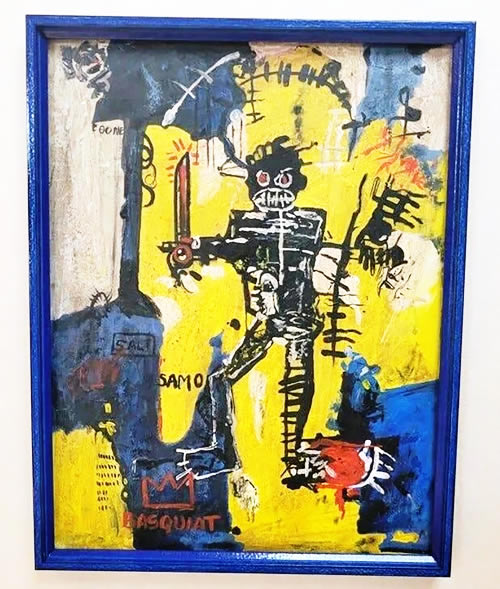At ETChster we’ve been covering crypto NFTs since their meteoric rise in early 2021 and subsequent crash, and we actually released our own version of what are now called “physical NFTs” back in 2018. We considered integrating crypto such as Ethereum but decided that it didn’t make sense to do it by default.
Fast-forward to 2022 and now we’re hearing the term “physical NFT” more frequently as the “Bored Ape” craze has mostly subsided (and many fraud prosecutions have begun).
Recall that “NFT” stands for “non-fungible token” and in the popular press, the term is synonymous with problematic crypto NFTs. You can read more on the definition if you need to refresh your memory.
Setting aside the speculative crypto NFT rise and crash, the promise of NFTs as a technology originally started as a solution for provenance and authenticity. That’s always been the goal of ETChster for our artist and art collector community.
So you’ll find people still trying to use crypto NFTs for their physical art, but they’re really struggling because the technology was not really built for that.
Alternatively, you’ll find ETChster users passing Etchings along with their original art without any cost or tax complication so that the new owner can:
Understand the art’s story
Have proof of provenance
Have a free art collecting app
Be one click away from the artist’s website
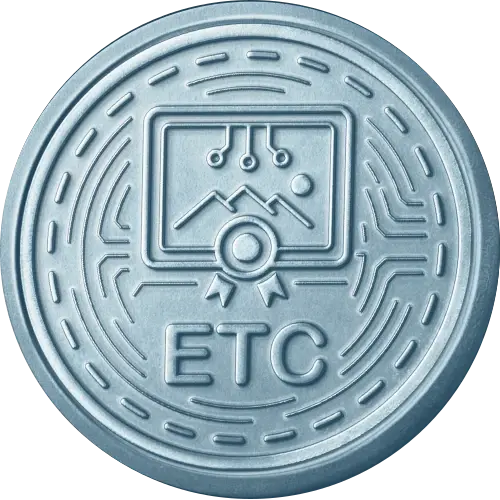
What Are NFTs?
So what does non-fungible token mean? First of all, it means there are many tokens out there and each one has a different value.
Why are the values different? In the NFT art world, each token theoretically has a different value because it is the title to a different piece of art. People that got caught up buying one of the 10,000 “Bored” Apes had NFTs of different values because some of the Ape traits were “rarer.” A certain color or earring or something might make one Ape “worth” more than another.
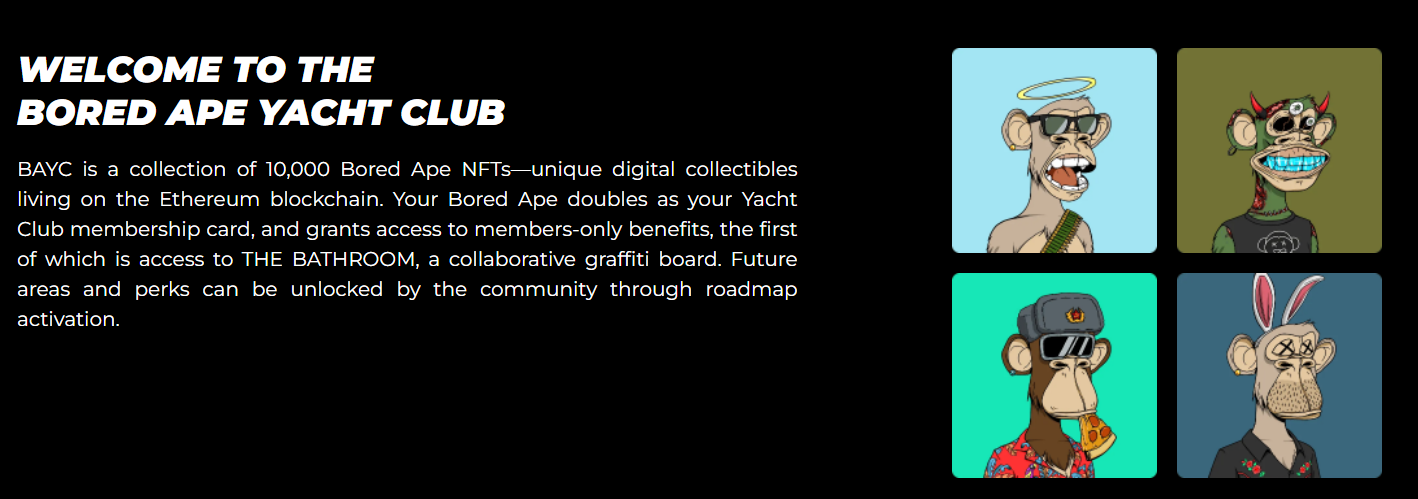
While the buying frenzy was humming, everyone seemed to forget that nothing about crypto NFTs on Ethereum or elsewhere stops anyone on the internet from holding and copying your Ape once or a billion times. The technology is fundamentally flawed and now the crypto NFT marketplaces such as Opensea are laying off people and losing value.
What Is a Physical NFT?
So what’s a physical NFT? And how is it impacting the art business? Basically, there are all kinds of objects of value in the world that change hands with resale value. Fine art is a great example. Collectible fine art appreciates in value over time, and if you’ve read Don Thompson’s The $12 Million Stuffed Shark, you know that objects passing through certain hands cause more appreciation than others.
So understanding that billions of dollars have been lost in fraud related to the exchange of valuable objects and artists frequently don’t get the recognition they deserve, wise artists and art collectors are doing a better of job recording the story and provenance of their pieces.
Unlike crypto NFTs, a physical piece of original art is very difficult to replicate perfectly and can backward reference an NFT. In the case of Etchings, the whole technology was built for this purpose, so an Etching holds photos, a description, a process statement, and a number of other fields that help tell the object’s story.
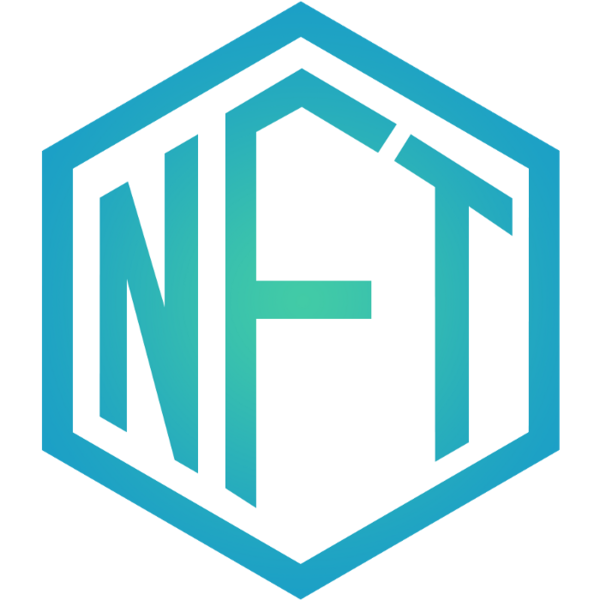
Etchings also store the chain of title back to when the Etching was created. Artists who create Etchings of their works are creating a digital record that will persist deep into the future and get expanded as each painting, sculpture, etc. makes its way to a new owner.
Attaching NFTs to Physical Art
One of the fundamental flaws with crypto NFTs is that they point at a URL somewhere. Yes, the NFT is distributed on the ledger by each miner participating in that crypto’s maintenance, but there is no logic that says, “Sorry, the piece of art you’re trying to claim already has an NFT.”
You’ll find artists getting pretty upset on Twitter and elsewhere at random fraudsters minting NFTs pointing at JPGs of their art. Unfortunately, there’s nothing within crypto NFT design to stop this from happening, so the marketplaces somewhat try to hide NFTs when an artist claims they’re fraudulent. They can’t be destroyed, however.
On the other hand, if you were interested in buying a valuable painting, you could ask to see the physical NFT (Etching) at the same time as the piece. On the piece, you will find the ETC #, which is unique within The Encyclopedia of Objects.
You’ll also find the artist as the creator on the chain of title stored in the Etching.
So fundamentally, with Etchings and physical art, there is a bi-directional reference created. The artist etches the object and physically adds the ETC # in paint, ink, or carves it into the object itself.
This type of technology will prevent massive fraud as in the Florida Basquiat case in 2022.
What Does It Mean to Authenticate an Artwork?
Since Etchings and other crypto attempts at physical NFTs are relatively new, there’s a huge need for original art created prior to be authenticated.
Anyone who is going to pay money for art wants to know that it is original. The worst thing that can happen to an art collector is to spend lots of money to buy a piece of work that is later proven to be fake. The value of that investment goes to zero.
At the end of the day, the purchaser wants to know that the work is original and that the person or entity selling has the right to it in the first place.
Even museums fall into the trap of not adequately authenticating works prior to purchase. New York’s Metropolitan Museum of Art has had to return a number of stolen works to Africa, for example.
For living artists, it’s a much simpler scenario. Create an ETChster profile and you can Etch and hold up to 100 works of art on the free plan or upgrade for more space.
How to Use a Physical NFT
For living artists, using physical NFTs creates a permanent connection between physical pieces in the world and your online profile. That said, you want to use physical NFTs for all of your pieces that you sell (or gift or loan). Each one points back at your profile and gives the current NFT holder a reason to look you up now and perhaps refer someone to your work.
You could try to use crypto NFTs for this purpose but it’s quite challenging. First, you have to pay significant fees called “gas tax” to create a crypto NFT. You don’t get anything from that NFT that can be attached to your work.
Next, you have to get the recipient to actually accept your crypto NFT. Many people that didn’t make money when crypto was appreciating as a speculative investment are wise to the fact that their holding crypto at all makes their tax filings a mess. They also have to adopt a crypto wallet that accepts the crypto you choose, and have some degree of comfort that they can keep control of the NFT. Many art collectors will simply say “thanks, but no thanks” to your physical NFT if you’re going the crypto route.
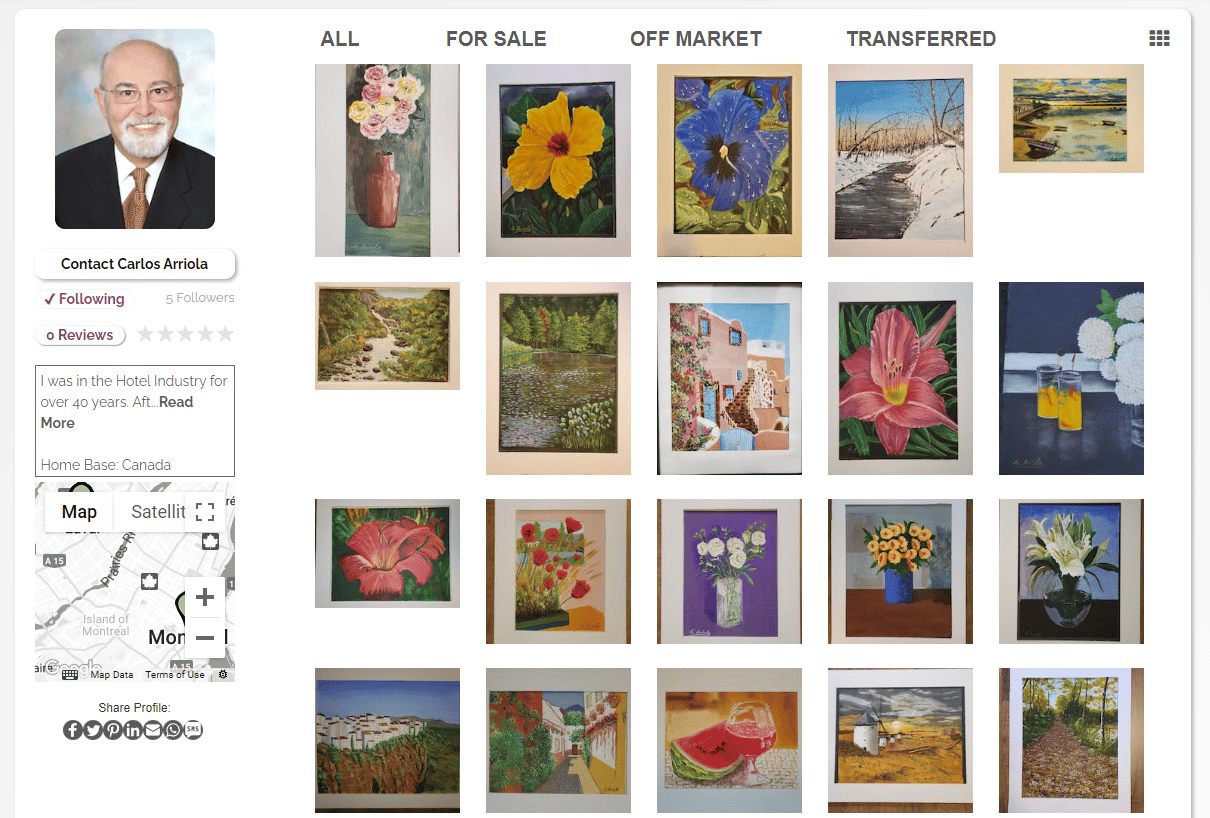
On the other hand, artists and art collectors simply need to have an email address to hold Etchings. The Encyclopedia of Objects is a non-crypto compendium of the world’s great creations.
As the holder of a great work of art, simply create an Etching and affix the ETC # to the piece. You can then write the piece’s story into the Etching and transfer it (for free) to the next owner. The chain of title is automatically updated.
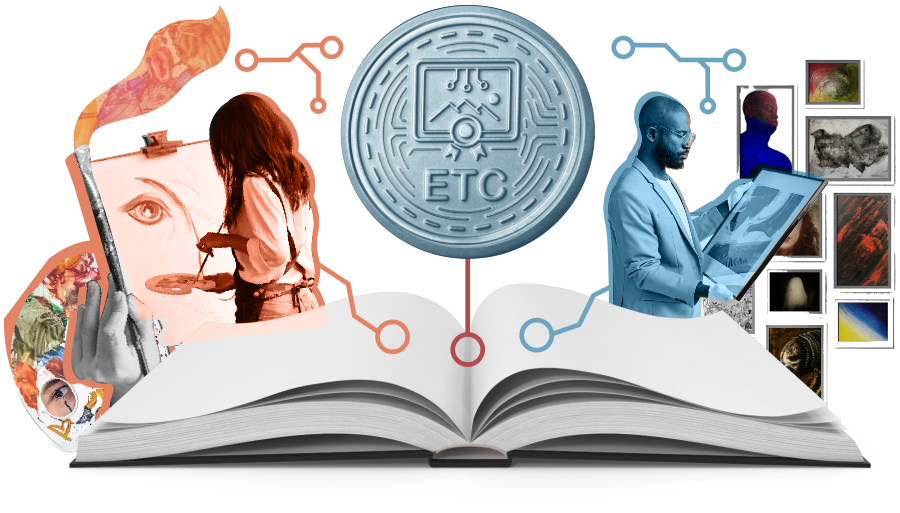
Conclusion
With physical NFT use on the rise, hopefully, we’ll see less and less fraud in the art world and more and more artists getting credit for their work.
How many originals are in the world with only a signature to link them to their creator? There are probably millions of pieces that are detached from their stories and thus, doing nothing to benefit the artist nor motivate a collector to preserve them…even if they might be priceless!
ETChster even has a “Seeking Creator” setting for art collectors who need help tracking down the creator of one of their works of art.


